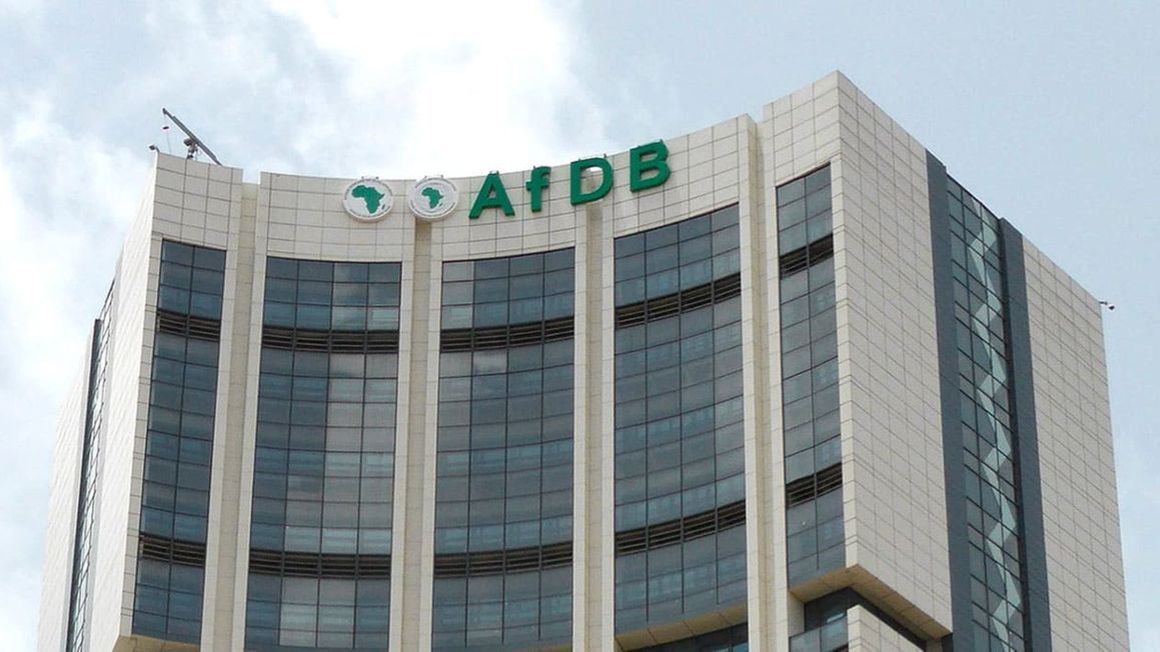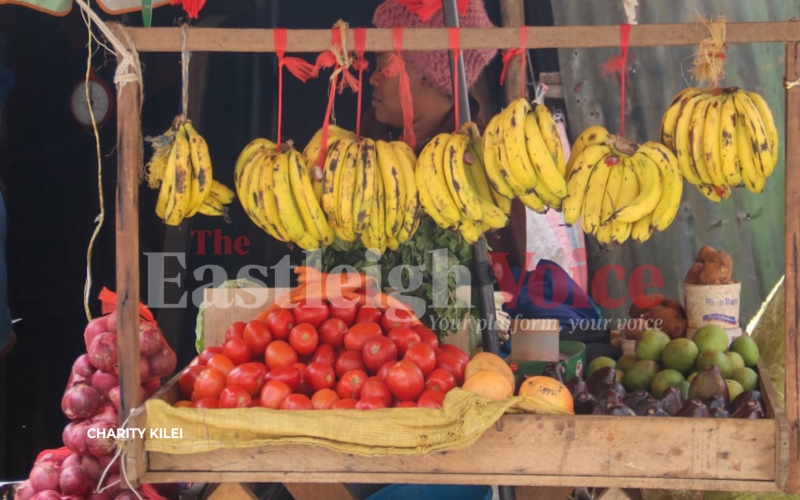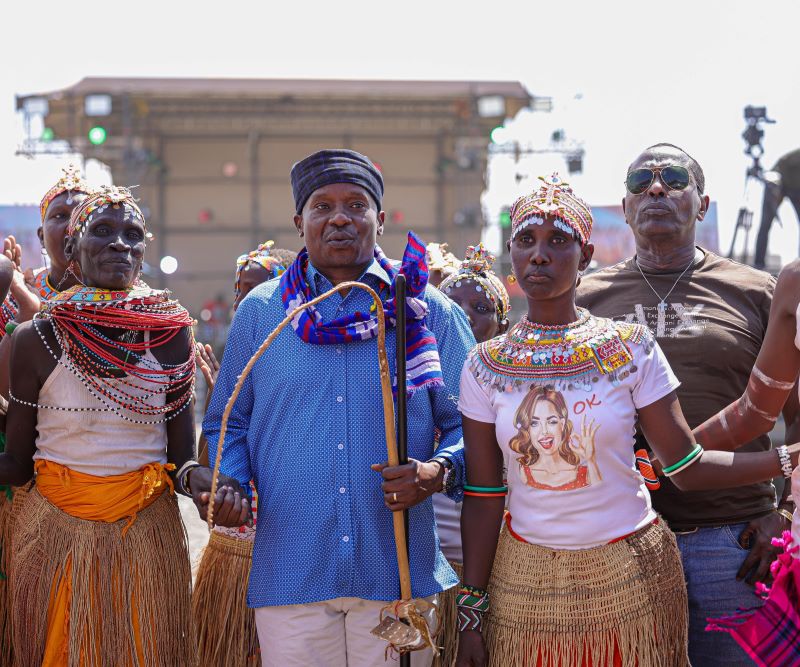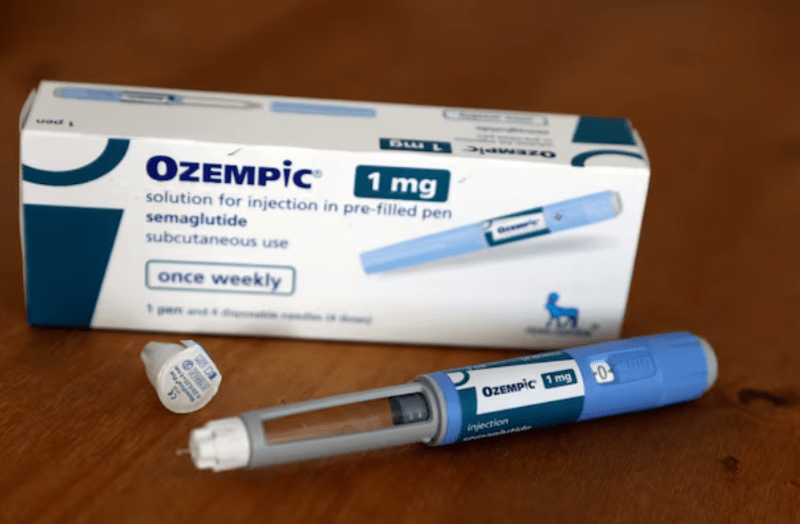Desert gold: Camel milk makes its way to big malls’ shelves
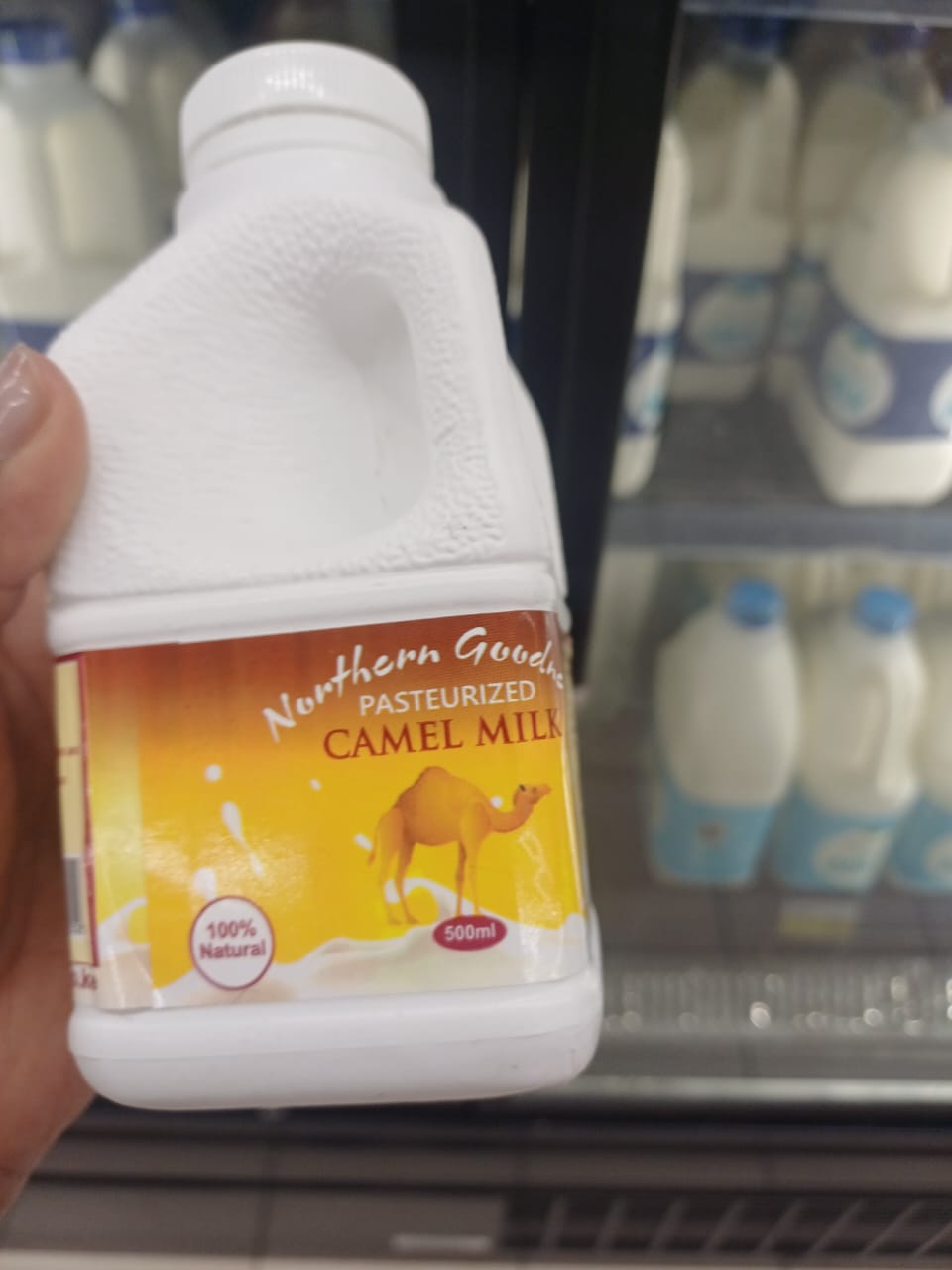
The milk is said to make thicker tea compared to cow milk and its lower fat content is believed to help people avoid adding weight.
In the heart of the desert, where the sun casts long shadows over golden dunes, a quiet revolution is brewing. Once considered a humble staple of nomadic life, camel milk is emerging as a culinary treasure, packaged and marketed in once unimaginable ways.
This innovative leap into the world of consumer goods not only transforms the perception of camel milk but also breathes new life into traditional practices.
More To Read
- Police recover stolen camels in Turkana after coordinated operation
- From fruit vendors to matatu drivers: Meet the people keeping Eastleigh alive
- Why camel milk is gaining ground and why experts urge safer consumption
- Why Eastleigh is Nairobi’s economic powerhouse: Stories of hustle, culture and community
- How to make flavoured camel milk yoghurt at home
- Eastleigh booms as East Africa’s borderless marketplace, drawing diverse traders and entrepreneurs
As entrepreneurs harness modern branding and sustainable packaging, they are rewriting the story of this ancient commodity, making it accessible to urban markets and health-conscious consumers around the country and at the heart of Eastleigh inside the BBS Mall.
Camel milk is amongst the latest entrants of the ever-dynamic supplies stocked at Carrefour, the only supermarket in the mall, providing market options for camel milk consumers and enthusiasts.
In Eastleigh, camel milk is a common beverage, sold raw, boiled and in tea along the streets and in almost all hotels.
Mr Ahmed Shafat who has lived in Eastleigh since 2019 tells The Eastleigh Voice that the packaging of camel milk is new to him.
"Camel milk for long has only been available at hotels and by the roadside where it's sold in the evenings and throughout the night into the wee hours of the morning. It is sold in plain plastic containers in different sizes," he explains. It is one of the businesses that keeps the near 24-hour economy thriving.
Eastleigh never runs out of camel milk supply, and with the majority of the herds being reared in the north eastern region, some may wonder where the endless supply of the milk comes from.
"Almost every man you see here has a camel and goats or cows back in the village. That is why milk is plenty. Even those in the diaspora have hundreds of camels in their homes. Remember there are also herds close by in the neighbouring Machakos, Namanga, Kitui, Garissa, Tana River, Wajir, Mandera and so forth, a good amount of which in one way or another finds its way to Nairobi," says Ahmed.
Abdirahman Khalif another resident, says more camel milk is sourced from the coast, in areas like Mariakani in Kilifi county, where it is milked at night and then brought to Nairobi by early morning.
Abdirahman, who even enjoys the taste of raw camel milk, said he came across the packaged camel milk and bought it, but did not like the taste.
"I bought it last week. I didn't like it because it was processed and lacked the real camel milk taste that is in the one sold on the streets and in hotels. It's good though, in the sense that it has expanded the market for the commodity and in the process provided job opportunities," he says.
Residents of Eastleigh consume it mainly for its health benefits.
"There are some Somali guys who cannot begin or end their day without taking the milk or tea in the morning and evening. It helps them get the kick needed to start their day," says Ahmed, who also occasionally enjoys a frequent cup of camel milk tea.
The price of camel milk is double the price of cow milk. A spot check by The Eastleigh Voice showed that half a litre of pasteurised camel milk retails at Sh180 at Carrefour and Sh175 at Naivas Supermarkets.
But the price does not stop camel milk lovers from enjoying it.
According to Ahmed and Abdirahman, the milk makes thicker tea compared to cow milk and its lower fat content is believed to help people avoid adding weight.
"Also, unlike cow milk, it's not a must for you to boil camel milk; you can milk the camel and drink immediately without suffering health problems, which is something I have done. Most people also put it in the fridge for not more than 24 hours as it goes stale pretty quickly," Abdirahman adds.
The other advantage of camel milk is that despite its high perishability, it does not mean what is left goes to waste.
"When the milk is spoiled, it's not thrown away, it becomes susa'a akin to curd which when sweetened with sugar is used as an accompaniment with ugali. It's believed to be probiotic," he adds.
According to the Kenya Climate Innovation Centre (KCIN), an organisation that offers incubation, capacity building and financing options to new, small and medium business ventures that are keen on developing inventions to address the challenges of climate change, camels are the primary milk producers in north eastern Kenya, particularly during the dry season when other livestock perish or become unreliable.
Two years ago, the region was estimated to be home to about 1.7 million camels, a number that has gone up since the 2019 census statistics showed that the entire country had a total of 167,666 camels.
According to KCIN, the mechanism for producing camel milk also significantly depends on the vagaries of weather, which lead to changes in milk availability and costs.
"The system's regular operation is interfered with by these climate fluctuations and rainfall seasonality, which are accentuated by fluctuating weather conditions. As a result, a well-regulated camel milk value chain model that deals with satisfying the current environmentally challenged value chain system has been established. It has focused on strengthening networks, increasing market access, strengthening institutional arrangements, and facilitating effective regulatory mechanisms to increase milk production," the organisation notes.
Top Stories Today

